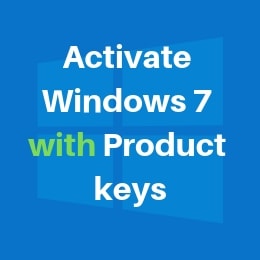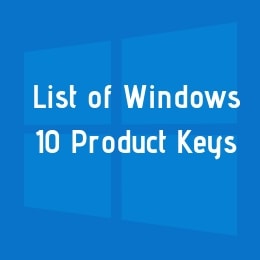1.) Uninstall the current product by entering the “uninstall product key” extension: slmgr.vbs /upk: 2.) Install the key that you obtained above for “Windows Srv 2012R2 DataCtr/Std KMS for Windows 10” slmgr.vbs /ipk key-goes-here 3.) Verify that the key took by executing a Detailed License View: slmgr.vbs /dlv: 4.).
Install Gvlk Key Kmspico 10. MAK, or retail edition of Windows to a KMS client, install the applicable setup key (GVLK) from the following tables. 3 Volume License Activation. Like other Microsoft products, MS Office 2. VL program (Volume License). Cracked product key for Windows 7 Ultimate. Windows 10 KMS Keys Raw. To install a public KMS key on your computer or server. Install Gvlk Key Kmspico. R2 ISO Activator is given. This will activates the Windows permanently. Free Download the official Windows 8 activator KMSpico 10.2.0 now to activate all editions of Windows 8, 8.1 and 10.
After selecting the activation key will appear in the field just below. Copy this key to the clipboard. Go to the “ System” tab, choose “ Installing GVLK key” item and “ Install Office key” section in it.Download KMS activator Office 2016The program itself is completely safe and does not contain any malicious codes. GVLK is a Microsoft public key unique to each Office/Windows edition, which is used by all corporate customers to activate volume license Office copies on the local KMS server or using the Active Directory Based activation. After installing such a GVLK key, clients automatically discover the KMS server in the domain and are activated on it.
Windows 10 Kms Client Key
I’m not all that familiar with Windows licensing models, so I stumbled into a bit of surprise with KMS keys recently. If you are using a central KMS server that you do not maintain, and someone gives you a KMS key, you can ignore it! That’s for the KMS Host, which is where the licensing happens. Your nodes will be KMS Clients and they will use a Generic Volume License Key for activation. The Client communicates with the Host, which tells the client if it is activated and provides all the necessary information for that to happen (I don’t know how the Host does that, that’s the beauty of letting someone else run that service!). In this case, you are often given media to use for the Windows install that includes the GVLK, so you don’t need to do anything but communicate with the KMS Host. It’s a pretty nice setup, all considering.


Install Gvlk Key Kmspico

However, IF you do something silly like put the KMS Host key on your Clients, you won’t get far. The Host key can only be activated 10 times on 6 hosts, so very soon you’ll run into trouble, if not immediately. You have to switch back over to the GVLK and activate using that. Microsoft maintains a list of GVLKs for each edition of Windows. The lookup of the KMS Host is done by DNS, but you can manually configure the KMS Client as well. Once the GVLK is in place, activate the key. Here are the three commands you will need, using Windows 2012R2 Datacenter as the GVLK:
These commands need to be run from an administrator-privilege command prompt or PowerShell session.
If you are using templates, run the first command on the template. Ensure the deployment process is not adding license information. In vCenter, this means removing all options from the License Information portion of the Customization Specifications in ALL customization specs. Add the /skms and /ato commands to the existing commands in the Run Once section:
When you deploy a VM, it should now automatically activate itself! If you run into issues, ensure that the Client can communicate with the Host and no firewalls are blocking the communication. I’ve found that a global any/<KMS Server>/<kms port> rule in your firewalls is handy to ensure that random networks aren’t blocked from activation.

If you’re interested in learning more about Windows Licensing, Microsoft has a great amount of documentation. I suggest starting with Learn About Product Activation and then moving through the relevant sections.



